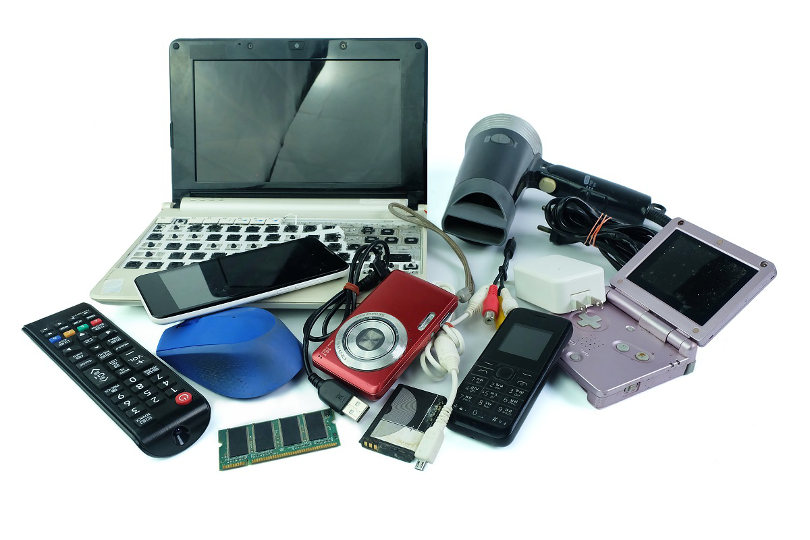Environmentally conscious technology users understand the importance of lowering their carbon footprint. Today, the effects of excess carbon on the atmosphere are well-known, as the phenomenon of global warming is beginning to affect the planet.
Unfortunately, according to the UN, only 12.5 percent of e-waste is recycled globally. Buyers of tech products need to be encouraged to recycle their devices properly to protect the environment.

Albert Boufarah, the CEO of SAMR Inc., explains how buyers of tech products can lower their carbon footprint through proper e-waste management.
Why Recycle E-Waste?
Recycling e-waste should be automatic. Rather than putting tech products in the trash, where they will be placed in landfills, valuable materials can be recovered from these devices. Recycling e-waste lessens the individual’s carbon footprint because reclaiming recycled materials takes fewer fossil fuels and other natural resources than mining or producing new materials.
Plastics, in particular, carry a serious carbon impact because they are largely made from petroleum byproducts.
Types of E-Waste That Can Be Recycled
Computers, tablets, smartphones, and other hardware can be recycled basically anything with a plug or battery. Most of these products are comprised of high-tech materials that can be reused in other applications. The materials that e-waste processors remove from old tech products are glass, plastics, aluminum, zinc, iron, gold, and copper.
While each machine carries only a small proportion of metal, this material is carefully preserved during the recycling process. Recycling metals has an environmental impact of its own, but this is outweighed by the benefits. The energy and environmental impact of mining metals are far more than the energy used to recycle them.

Breaking Down the Recycling Process
Metals are reclaimed using a complex process which claims as many valuable substances as possible from the construction of the electronic product. Many precious metals like gold and copper are included in tech products.
Here’s what a recycling process typically looking like:
Finding Proper Recycling Programs
It is necessary to find a reputable company to recycle your e-waste properly. Not every company which claims to recycle your e-waste is doing a good job. Make sure that you know where their recycled materials are going and find out what percentage of their waste is actually sent to recycling centers. If you pay close attention to the operations of your recycling company, you can ensure that your discarded tech products will one day see a new life.
Lowering Your Carbon Footprint
Reducing carbon emissions from the production and shipment of electronic products is a valuable part of lessening your personal environmental impact. A better reach of recycling programs is needed to make a significant impact on the world’s waste stream. Many people throw their tech products directly into the trash, and they need to be educated about the environmental dangers of doing this as well as the benefits of e-waste recycling.
Lowering your carbon footprint through e-waste recycling may seem like a small contribution to the health of the environment, but Albert Boufarah reminds readers that it is a vital step in making sure our planet is protected from the effects of excess carbon in the atmosphere.







